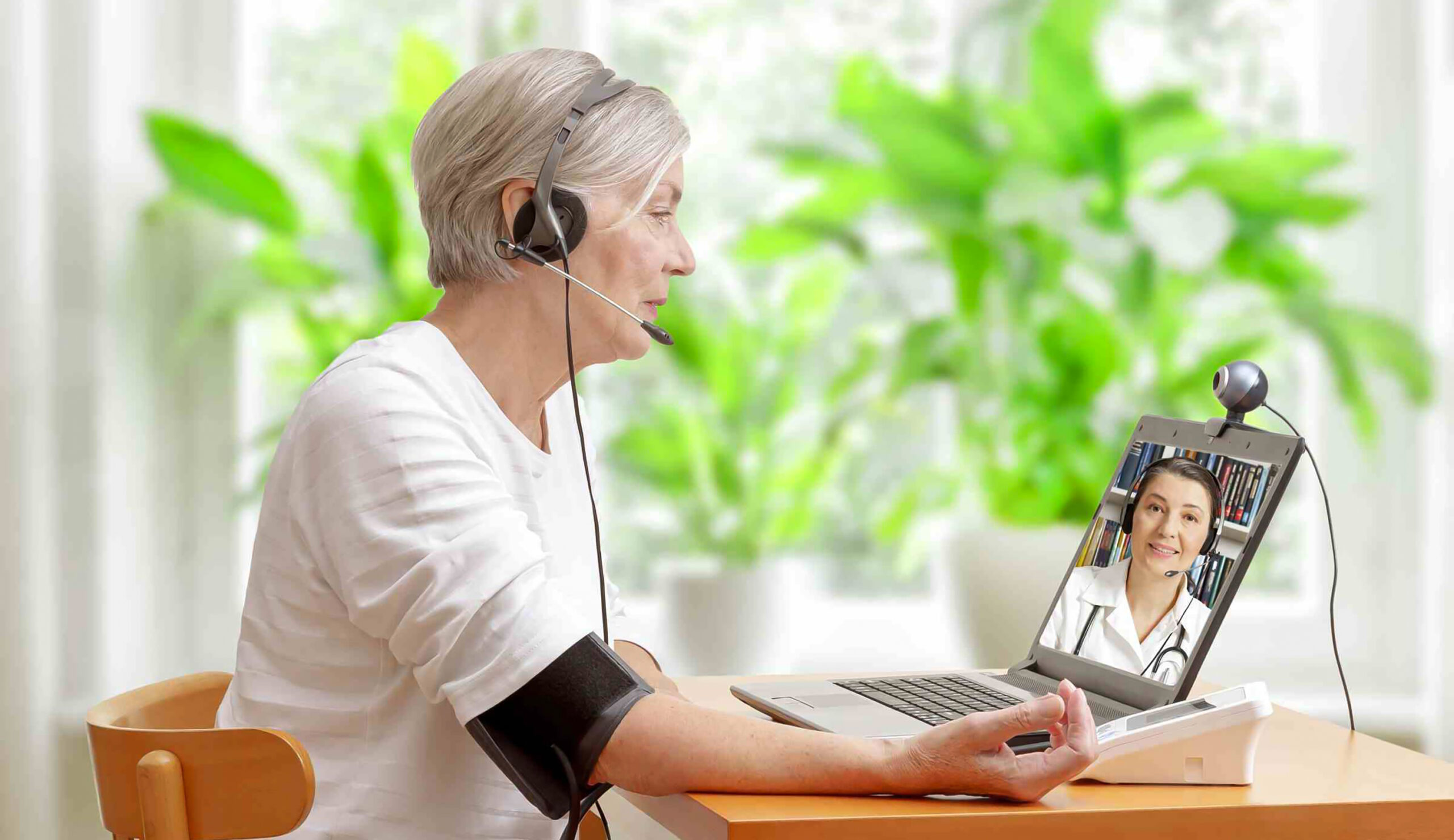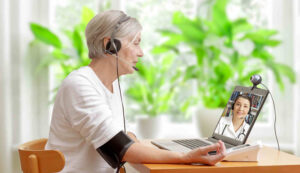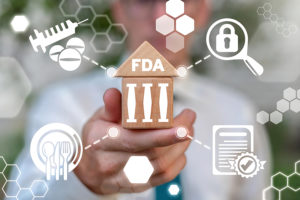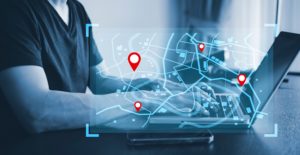
Popularity of Remote Patient Monitoring Skyrockets — Is it Secure?
A recent report from commercial intelligence platform provider Definitive Healthcare revealed that remote patient monitoring insurance reimbursement claims rose 1,294% from January 2019 to November 2022. It’s likely that a desire to minimize contact during the pandemic drove much of this demand. But remote patient monitoring claims continued to grow even after people resumed face-to-face healthcare interactions in 2022.
Clearly, patients like remote care. Despite its popularity, though, the study’s authors pointed out a number of barriers to broader adoption. These barriers range from data security and fee-for-service payment models to inadequate IT infrastructure and murky reimbursement policies. Thirdwayv believes that security is perhaps the most critical hurdle for the industry. But this is also where some of the most exciting progress is being made.
As an example, Definitive Healthcare reported that diabetes management accounted for 16.8% of remote-monitoring claims – one of the top applications. This happens to be one of the areas where we have seen the highest-profile validation of connected-device security.
A great example is Insulet’s diabetes management systems. In June 2018, the Omnipod DASH™ Insulin Management System became the first solution of its kind to receive FDA clearance. Thirdwayv worked closely with Insulet to help the company achieve this milestone using its SecureConnectivity™ software platform, which protects the communications channel between a smartphone app and an IoT medical device or the cloud. More recently, Thirdwayv’s SecureConnectivity software enabled Insulet to build IEEE 2621 standard for wireless diabetes device security directly into its Omnipod 5 Continuous Glucose Monitor (CGM), which received FDA clearance in January 2022. The IEEE 2621 standard was formally issued in May 2022, and is based on the Diabetes Technology Society’s “Standard for Wireless Diabetes Device Security” (DTSec).
Another remote-monitoring example is medication adherence. In the past, caregivers could do little more than use traditional pillboxes and blister packs to help patients better organize their medications. Next they tried interventions such as team-based or coordinated care, and providing various types of educational information and daily reminders. But now they can use connected pill packs to remotely monitor when doses are removed, and intervene when they are not. These “smart” medication blister packs feature embedded sensors and are connected to the cloud from the patient’s home.
As with insulin management systems and CGMs, remote medication adherence systems must be secured. This requires that trusted connectivity be combined with secure and “always available” network coverage. Only then can patients and their families be confident their health information is protected, and that interventions are triggered when needed, but only from authorized people.
Thirdwayv and CuePath have collaborated on just such a service, with Thirdwayv’s solution strengthening the communication link security between CuePath products in the home and the CuePath cloud service. This approach improves overall performance while reducing counterfeiting risks. It also provides the foundational security infrastructure to go even further with services like secure video well checks and other remote interactions between patients and care team members, pharmacists and healthcare providers.
As real-time monitoring continues to grow in adoption, it is vital that these solutions improve patients’ lives without compromising cybersafety. Insulet CGMs and CuePath medication-adherence services are great examples of how connected AND protected solutions are paving the way.
Related Posts
Popularity of Remote Patient Monitoring Skyrockets — Is it Secure?
A recent report from commercial intelligence platform provider Definitive Healthcare revealed that remote patient monitoring insurance reimbursement claims rose 1,294% from January 2019 to November 2022. It’s likely that a desire to minimize contact during the pandemic drove much of this demand. But remote patient monitoring claims continued to grow even after people resumed face-to-face…
Countdown to Safer Medical Devices
A six-month clock started ticking late last year, counting down to the FDA’s new deadline for updating its public-facing guidance for improving the cybersecurity of medical devices. This requirement became law on Dec. 29, 2022, as part of a $1.7 trillion Omnibus Appropriations Bill that also includes new rules for submitting applicable medical devices to…
Getting Real about Real-Time Location Systems
Real-Time Location Systems, or RTLS, emerged in the 1990s for use by government and military entities. The technology has been adopted in manufacturing, logistics and aerospace applications for years. Now it is coming into its own in a growing variety of other applications, from healthcare consignment inventory management to retail item tracking. It’s time to…



